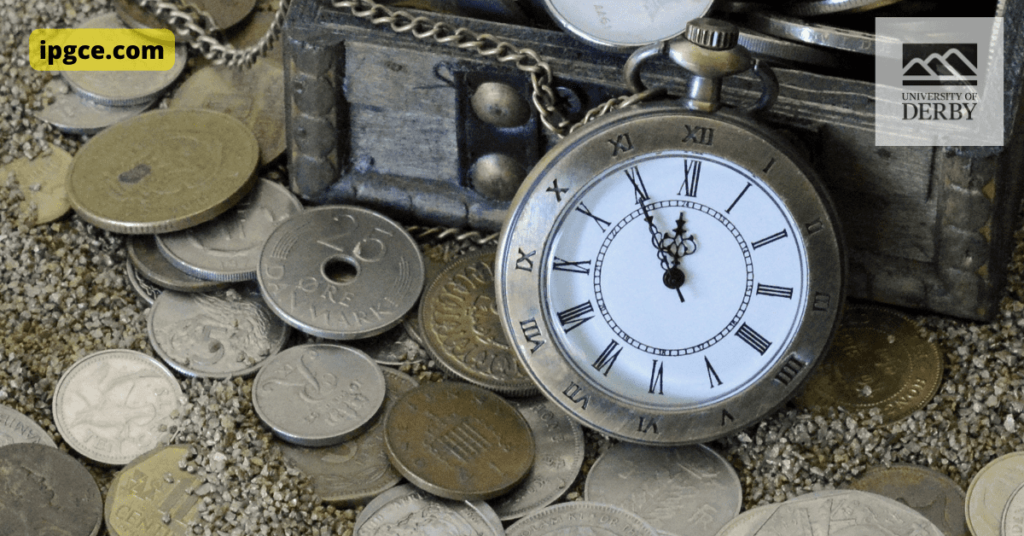As the saying goes, smell is our strongest sense regarding memory. And the team believes that by filling Europe’s “scent scape” with odours from key historical moments, visitors will get a much richer understanding of the past.
Odeuropa has focused on four main areas: medieval England, 18th-century France, early 20th-century Russia and interwar Czechoslovakia. In each case, the team has looked at a range of evidence – from contemporary accounts and diaries to paintings and photographs – to identify what Odeuropa’s lead investigator, Sissel Tolaas, calls the “small print” of a particular time and place.
“It’s like a fingerprint,” she explains. “You have your small print, made up of the particles that come off your skin. And every environment has its smellprintsmall print too.”
Once the team had identified the key smells associated with each historical period, they set about recreating them in the laboratory. This involved isolating the individual molecules that make up a particular scent and then combining them in the same proportions as they would be found in nature. The result is a range of what Tolaas calls “olfactory portraits” of European history.
The medieval England mix, for example, includes the smells of oakwood smoke, dung, sweat and ale, while the interwar Czechoslovakia blend captures the scent of newly mown grass, cold metal and linden blossom.
So far, these olfactory portraits have been used to create a range of “smell experiences” in museums and other public spaces across Europe. In Prague, visitors to the city’s Municipal House can now catch a whiff of smells associated with the building’s past as they walk through its art nouveau halls. And in Manchester, museum-goers can get a sense of what life was like in the city during the industrial revolution by smelling a potent mix of coal smoke, steam and animal hides.
The odour of history is also being used to breathe new life into Europe’s historic towns and cities. In the German town of Goslar, for example, Odeuropa has worked with local authorities to create a “smell map” of the town. This allows visitors to experience the smells of medieval Goslar – including woodsmoke, leather and animal fat – as they walk around its narrow streets and alleyways.
Odeuropa is now working on expanding its project to include more European countries and historical periods. The team is also investigating the possibility of using smell to enhance virtual reality (VR) experiences.
“There are already some VR headset manufacturers that have incorporated scent into their devices,” says Tolaas. “But at the moment, it’s only being used for entertainment. We think there’s much potential for using scent in VR to create historical experiences that are much more realistic and immersive.”
The team is also exploring the use of smell in digital games and other educational resources. The aim of Tolaas is to give people a “multi-sensory understanding” of history.
The project has been welcomed by academics working in historical research. “This is an innovative way of approaching history,” says Dr Alison Morton, a historian and author specialising in Roman history.
“ Smell is something that we don’t often think about when we think about the past, but it can be evocative. I think this project has much potential to help us understand history in a new and different way.”
What are your thoughts on the restoration of medieval antiquities ? Share it with us in the comments below. And follow us on IPGCE and on WeChat for more updates.
Wechat:
Meet Our Successful Graduates: Learn how our courses have propelled graduates into rewarding
careers. Explore their success stories here!
Discover More About Your Future: Interested in advancing your teaching career? Explore our
IPGCE, MA, and QTS courses today!

Explore Our Courses: Ready to take the next
step in your education journey? View our
comprehensive course offerings now!



